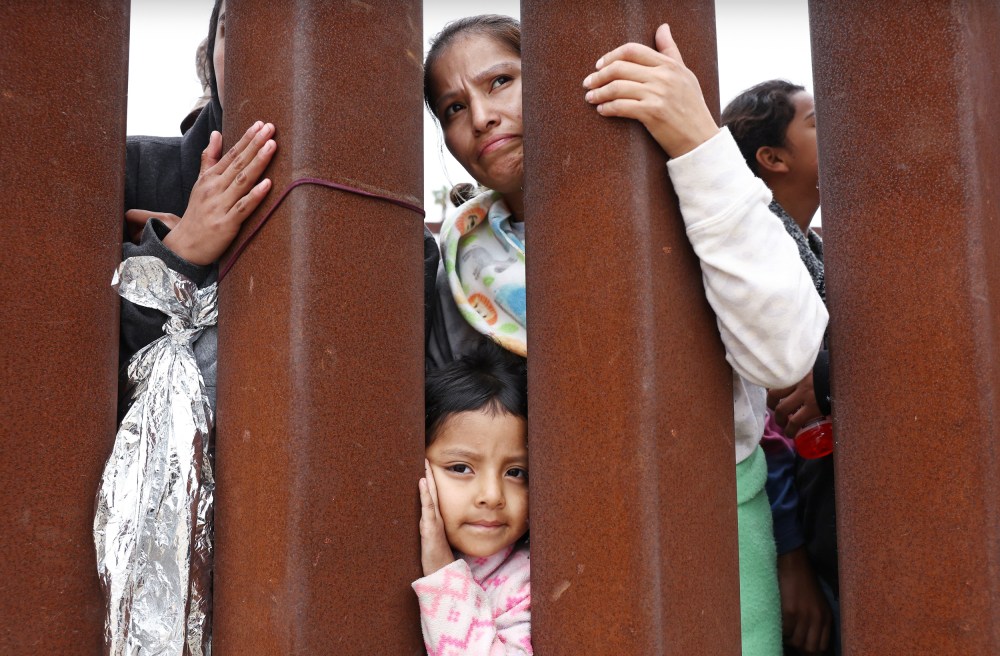Former President Donald Trump predicted last week that May 11, the day that the Title 42 pandemic restriction ended at the U.S.-Mexico border, would be “a day of infamy” with “millions” of migrants arriving. Former Vice President Mike Pence, referring to the public health emergency order that allowed the U.S. to expel migrants more quickly without having to consider their asylum requests, tweeted, “A storm is coming with the end of Title 42.” Neither prediction sounded right to those of us at the Washington Office on Latin America who actually visit the migration route and talk to people coming to the United States.
My organization predicted before Title 42 ended that any post-May 11 increase in migrant arrivals would “be neither giant nor long-lasting.”
In fact, my organization predicted before Title 42 ended that any post-May 11 increase in migrant arrivals would “be neither giant nor long-lasting.” And, true to that prediction, at least in the first days after Title 42’s lifting, there was no increase at all. To the contrary: A top Homeland Security official told reporters on Monday that compared to the days before May 11, “we have seen a substantial decrease in unlawful crossings at the border and irregular migration, averaging less than half that many encounters.” We are hearing similar reports from colleagues who work with migrants at the border.
Though a short-term drop in migration was foreseeable, a 50% reduction is remarkably steep. Those reduced numbers, though, probably won’t last long: All the forces that cause so many people to migrate are still in place.
Essentially, migrants — and the network of smugglers along the route between countries of origin and the United States — are in “wait and see” mode. They are uncertain about what President Joe Biden’s administration’s tough-sounding new policies will mean for them. A new rule, called the “transit ban,” is making it much harder for people to apply for asylum simply by turning themselves in to U.S. agents. (This new rule is already being challenged in court on the grounds that it is illegal.)
The new border rules are strict and complicated. How much harder it will be to apply for asylum and what happens to people after they’re rejected remain very unclear. It’s not surprising that migrants who’ve reached Mexico are pausing before taking a leap into the unknown.

We’ve seen such “wait and see” moments before. In 2014, after a mass arrival of Central American children and families surprised the Obama administration, the U.S. and Mexico declared a crackdown, and migration dropped — only to increase again throughout 2015 and 2016. After Trump’s inauguration in January 2017, migration plummeted to levels not seen since the Nixon administration. That drop happened so quickly that it was as if someone had thrown a switch. But then the number of migrants climbed so rapidly that, by 2018, an enraged Trump was deploying troops and separating families at the border. A version of “wait and see” also occurred in March 2020 after government officials concerned about Covid tightened borders everywhere, and the Title 42 policy went into effect. Again, migration increased within months.
Every “wait and see” period has reduced migrant flows. Then, within weeks or months, that higher flow of migrants resumes. Title 42’s replacement with a harsh new rule should be no exception.
People will keep coming in large part because the entire Western Hemisphere is experiencing a historic moment of migration.
Daily migration totals are likely to be higher by Memorial Day, and then increase throughout the summer. But because Biden’s new rules are easing neither migration nor asylum access, migration totals are unlikely to exceed the levels that we’ve already seen during this administration. U.S. border authorities have encountered an average of 194,000 migrants per month since Inauguration Day 2021.












